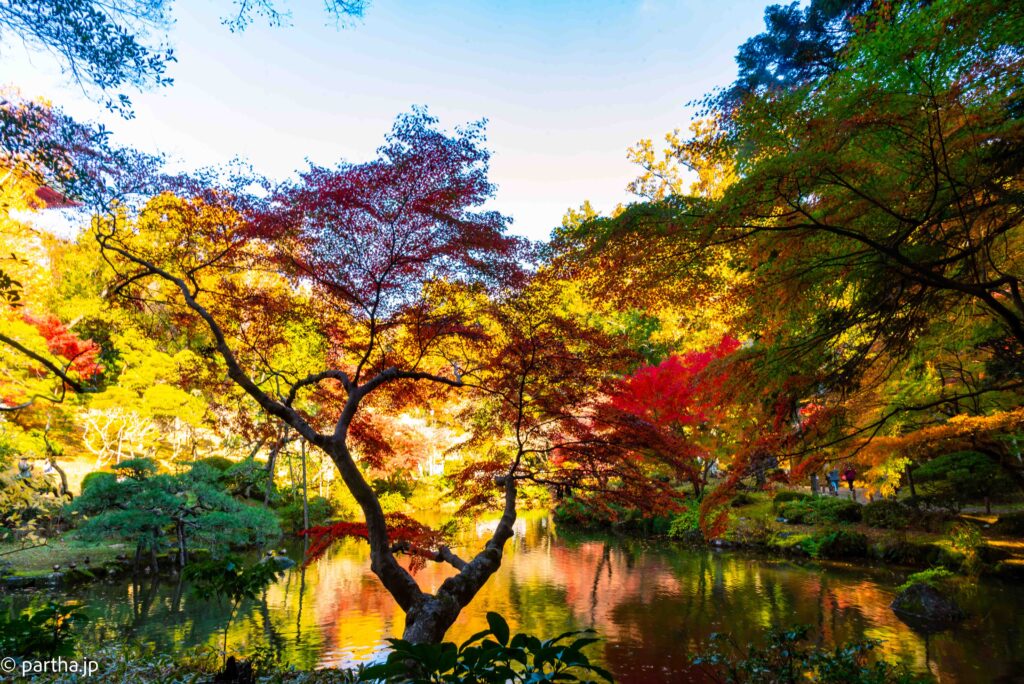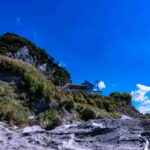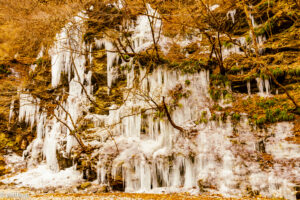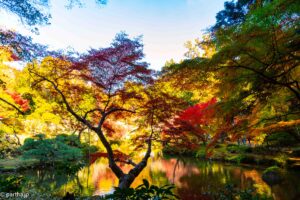
Autumn slipped in quietly between my travels. When I went to Singapore in early October, it was still warm. You could feel a faint nip in the air but barely enough justify an excitement. When I went the 2nd time and came felt like catching a cold , I dismissed it by attributing it to the weather, now noticeably colder.
Autumn slipped in the sliver of time between quarantine and the return to normal. The trees started changing shades, rusty at the beginning, turning into shades of red until the tree lined paths was littered with colour all around.
The Narita San temple is known for it’s autumn colours , my last trip there was around 12 years ago, so I decided to go back again. There was another trip approaching, this time across the Pacific Ocean and a trip to Narita city seemed opportune.
Narita city is a train stop before the airport terminal and the unaware traveler often makes the mistake at getting down at the station, often enough for the train to have an announcement asking them not to get down.
Narita city is also a brief flash of culture before the sterile airport, even more so during the Covid age, that lead the traveler away and into the muddled maze of Tokyo.
The traveler who gets down at Narita City by purpose is treated an old world Japan, tea and coffee shops, souvenir shops, old craft shops and old style meat, fish and grocery stores and to those who resist the temptations of the modern malls, a 1000 year old temple.
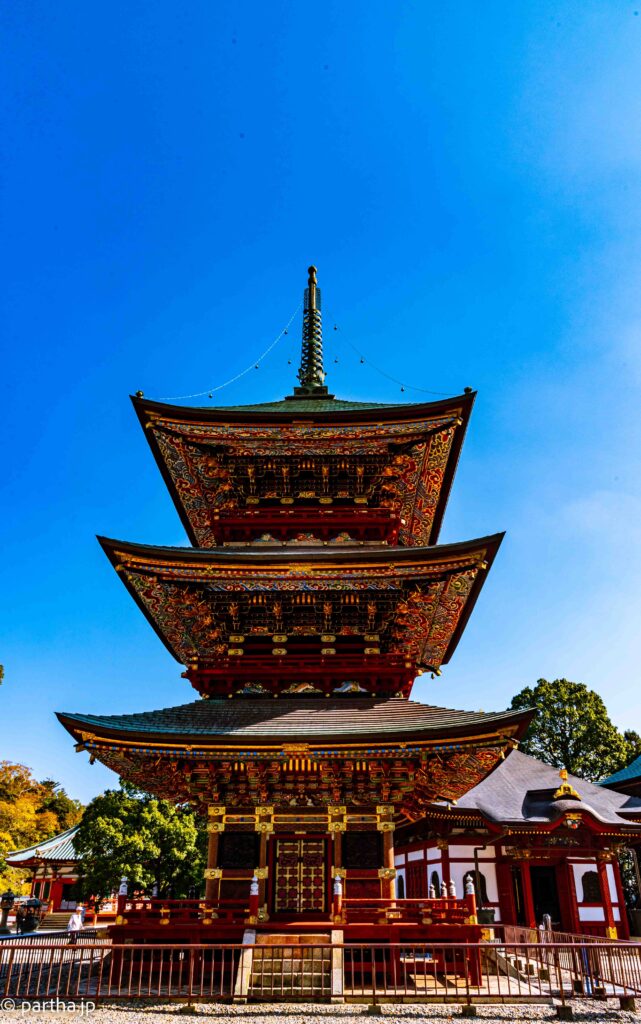
Narita San Shinshoji temple(成田山新勝寺)was built in 940 with the statue of the Buddhist Fudo Myoo deity at its centre. The temple complex has a confusing number of buildings, the temple’s new and old main halls, a three storied pagoda and another huge pagoda named as the ‘Pagoda of peace’. There is also a park that meanders around the temple complex with traditional Japanese and Western elements in its design.
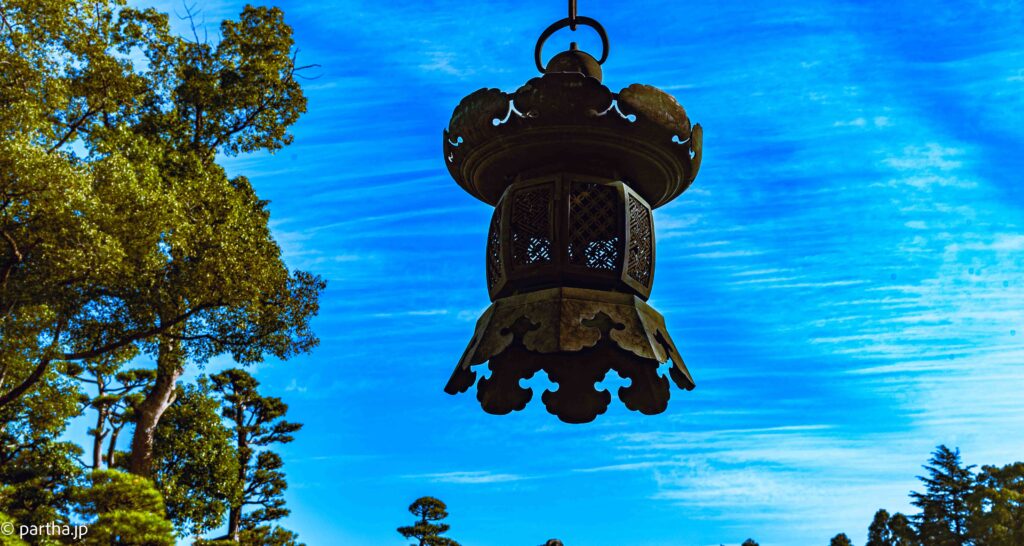
We however did not choose the train but drove to the temple from Tokyo on the Wangansen expressway exiting at the Tomisato interchange taking a detour across a narrow hilly road that took us around the temple into the parking.
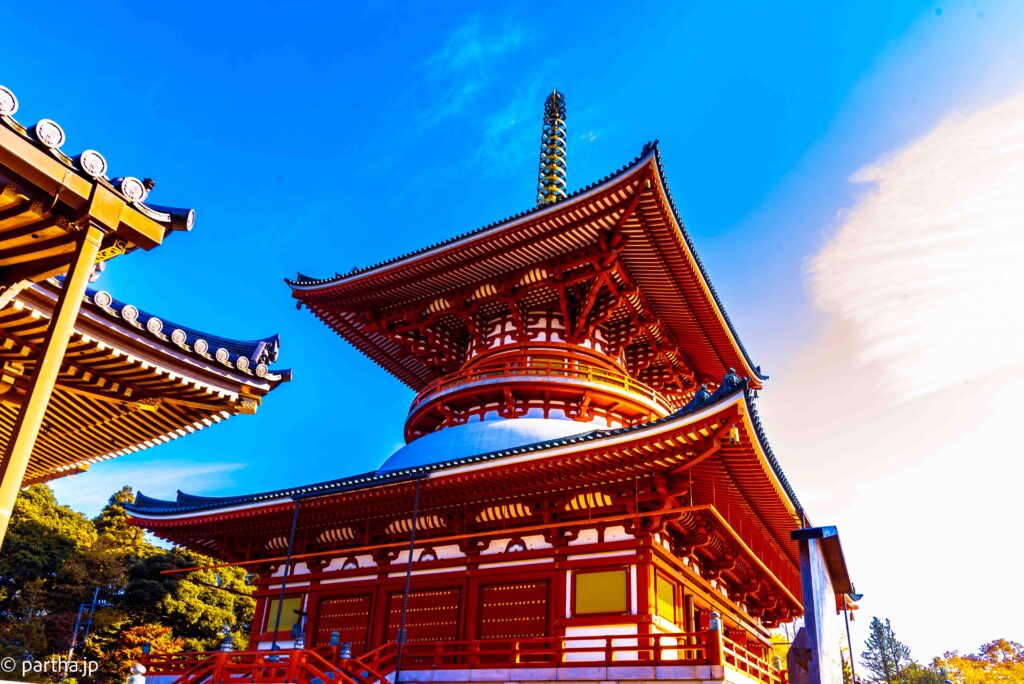
The advantage of arriving before 09:00 on a brilliant autumn morning, the nipping chill of the coming winter on the late November morning was the there was parking space available. But as we entered the temple complex, a short 5 minute walk from the parking, we realized that the shops around the temple were yet to open.
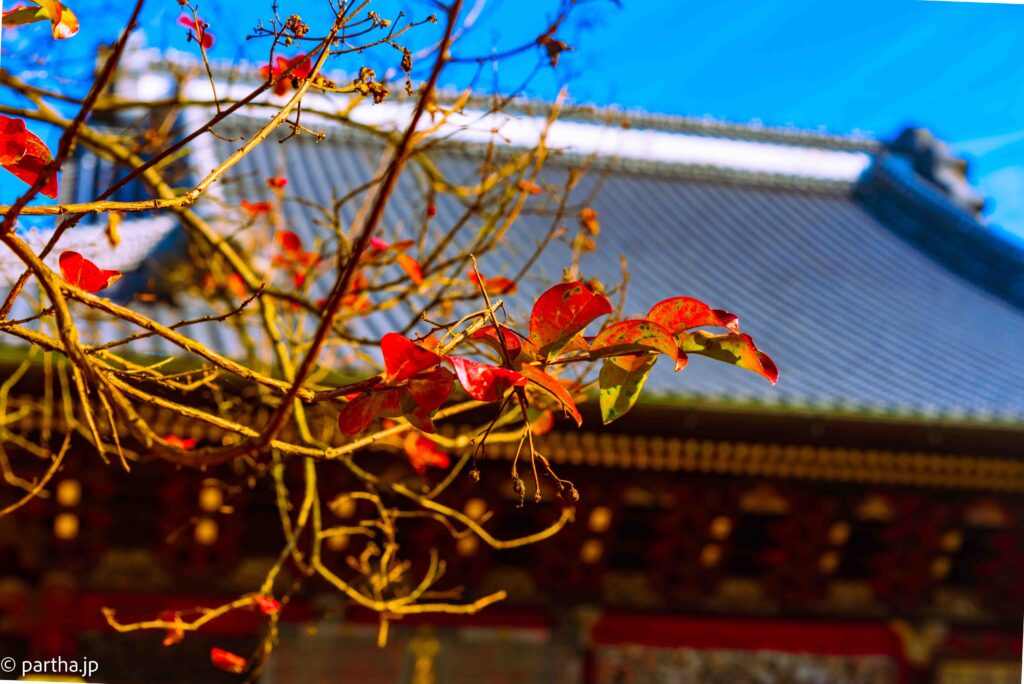
The temple was open though, a gaggle of tourists Thai and possibly Taiwanese looking around curiously. The crowds were yet to build up so there was enough time and space to roam around the temple complex, the park, the pond with trees in early autumn hues and later even a traditional music concert.
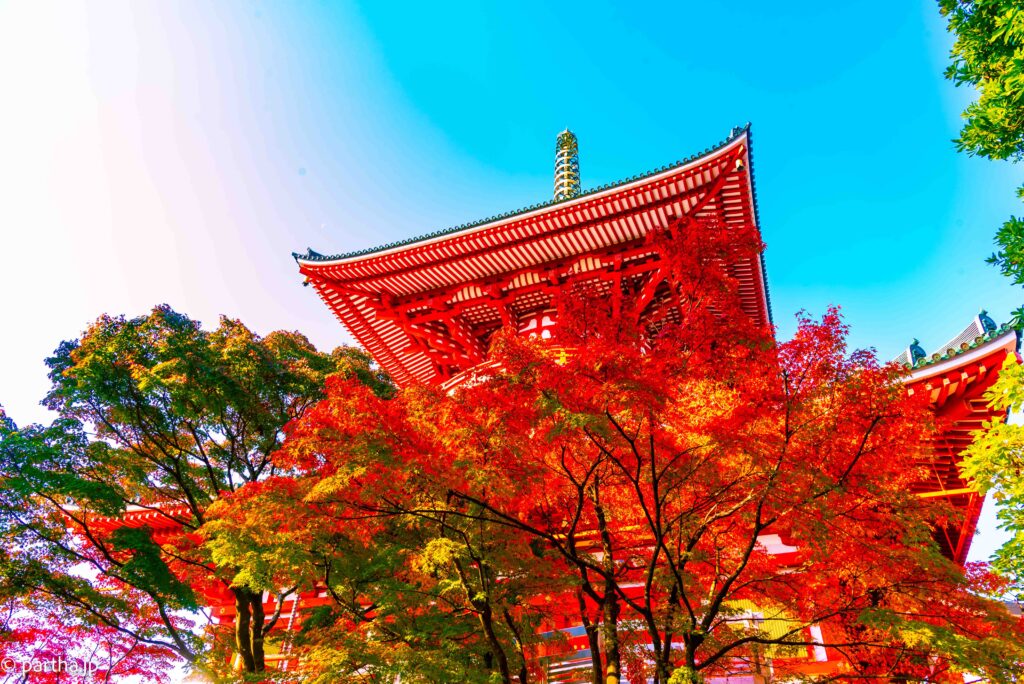
The crowds built up, the Thai tourists broke into smaller groups, taking instagrammable pictures of each other around the park, a painter stood around the edge of the pond, quietly creating a breathtakingly realistic view of the autumn bowered lake and families let little children run around, still comfortable with the volume of the crowds.
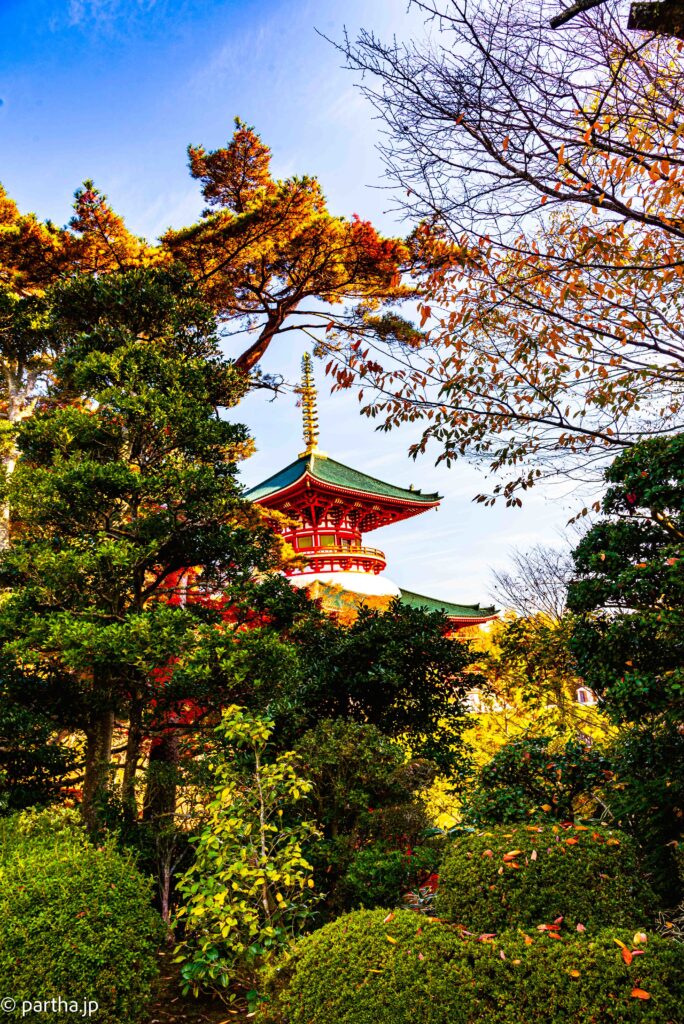
As we stumbled upon different building and pagodas and came close to the main building, families and photographers lined the steps, observing the 7,5,3 tradition and posing for pictures in front of professional photographers. Families sat solemnly inside the prayer halls a contrast to the boisterous scene outside. There were the masked, a few unmasked and there were the occasionally masked.
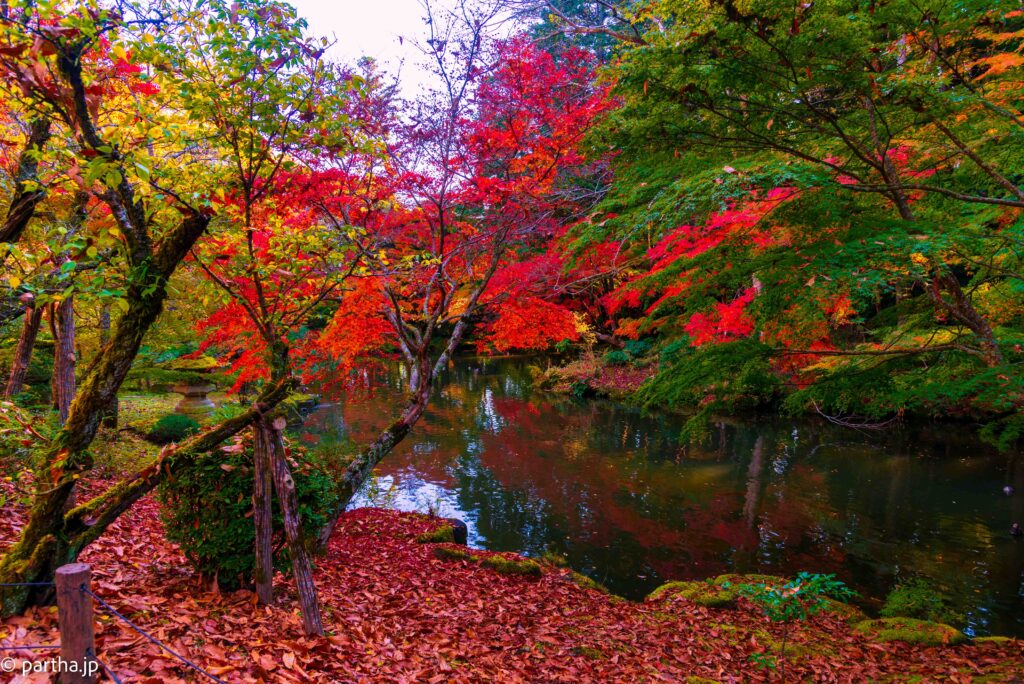
The crowds milled outside, there were stalls selling sugar coated bananas and strawberries, a few sold boiled potatoes and there were others with hot dogs on a stick. The fashionably dressed young, the pious old and the uncaring ones in between.
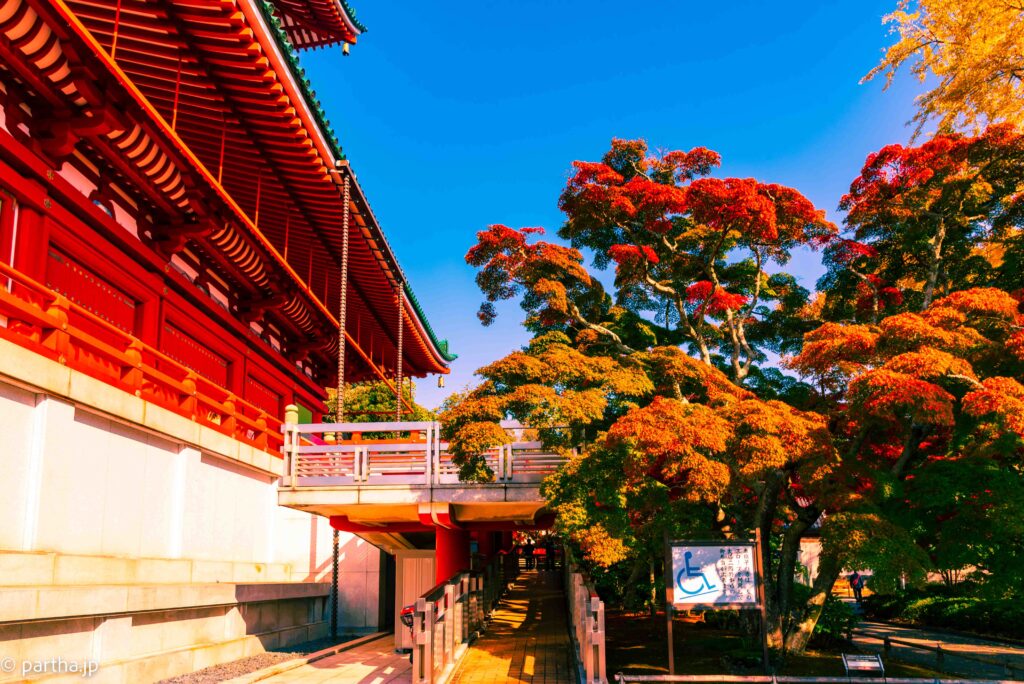
The early morning calm had given away to a boisterous afternoon, the narrow streets leading up to the temple, known as Omotesando 表参道way filled up.
The hazy autumn morning had given away to a clear day and winter seemed to be close.
